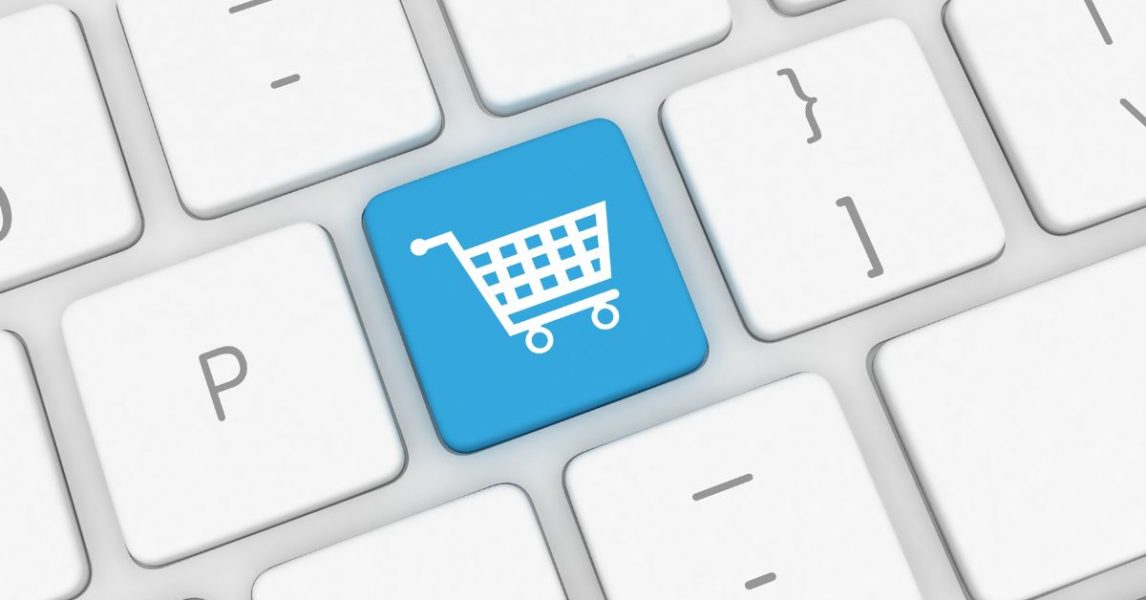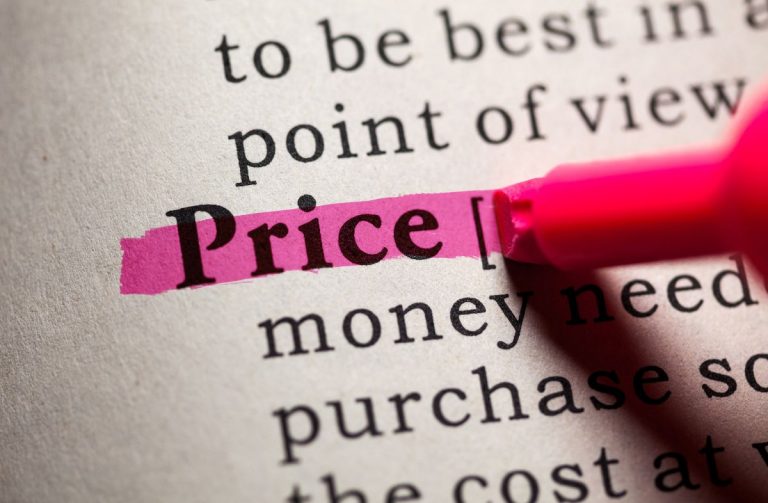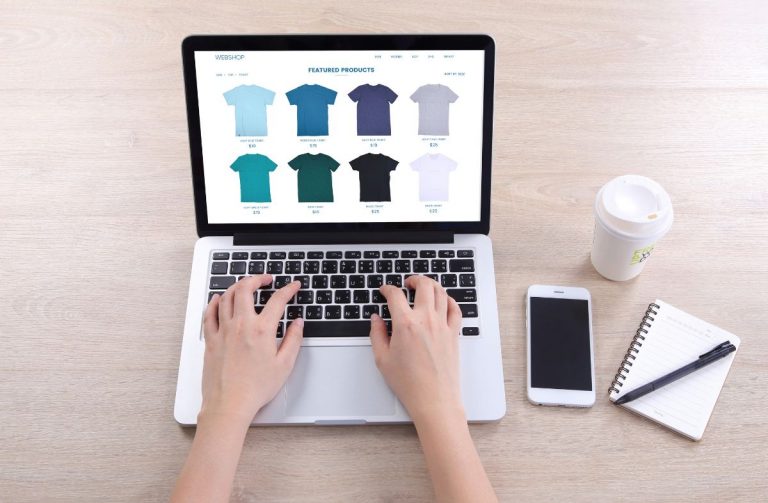Are you an e-commerce seller looking to expand your business? Do you want to increase your sales and profits without creating a product from scratch? Private labeling may be the answer you’re looking for. But what exactly is private labeling and what do you need to know to make the most of it?
The world of private label selling is an exciting and rapidly growing market. As a seller, it’s important to understand the ins and outs of private labeling in order to stay competitive and succeed in this industry. In this article, we’ll take a closer look at what sellers need to know about private labeling, including the benefits, risks, and best practices for success.
What is Private Label Selling?
Private label selling refers to selling products manufactured by another company, but are branded and marketed as your own. This allows you to sell products under your own label without having to create them yourself. Private labeling is a great way to quickly and easily expand your product offerings without having to invest in the design, research, and development of a new product.
Private labeling is popular among e-commerce sellers for a few reasons.It’s an easy and cost-effective way to expand your product offer without investing in design or development. Allows sellers to control the branding and messaging of your products, giving you an edge over competitors who are selling the same products. And it gives the flexibility to choose exactly what products you want to sell and when allowing you to respond quickly to changes in the marketplace.
Benefits of Private Label Selling
There are many benefits to private label selling, including:
Increased profitability: By selling private label products, sellers can often mark up the price of the product and earn a larger profit margin than they would with a traditional retail product.
Increased control over product selection: When selling private label products, sellers have more control over the products they offer to their customers. This allows them to better cater to the needs and preferences of their target market.
Increased brand recognition: Private label products are branded with the seller’s own branding, which can help increase brand recognition and loyalty among customers.
Risks of Private Label Selling
While there are many benefits to private label selling, there are also some risks to consider, including:
Quality control: As a private label seller, you are relying on the manufacturing company to produce a high-quality product. If the product is defective or of poor quality, it can reflect poorly on your brand.
Limited ability to customize: Private label products are typically mass-produced and may not offer the same level of customization as products that are manufactured in-house.
Dependence on the manufacturing company: If the manufacturing company goes out of business or experiences production delays, it can disrupt your ability to sell the product.
How to Get Started With Private Labeling
Now that you know the benefits of private labeling, you may be wondering how to get started. Here are some tips to help you get started:
Research Your Market
The first step in finding the right product for private labeling is to research the market. Take the time to explore what’s already out there and get a feel for the competition. Look at the products that are currently available and try to identify any gaps in the market. Are there products that don’t have a strong presence or don’t seem to be selling well? If so, this could be an opportunity for you to capitalize on.
You should also look at the trends in the industry. What products are gaining popularity and why? Are there any new technologies or materials that could be used to make a product more desirable? By understanding the current market, you’ll be better equipped to find the right product for private labeling.
Identify Your Target Audience
Once you’ve done your research, the next step is to identify your target audience. Who are you catering to? Are you targeting a specific demographic or a certain type of consumer? You should also consider their needs and wants. What do they need that isn’t currently available? What products could you offer that could meet their needs?
Once you’ve identified your target audience, you can start looking for products that they would be interested in. This will enable you to narrow down your options and make it easier to find the right product for private labeling.
Find a Manufacturer and Negotiate the Price
Once you’ve identified a product to private label, you’ll need to find a manufacturer. Visiting the manufacturer is the best way to get a firsthand look at the facility and process. You can get a better sense of the quality of the products and services the manufacturer provides. It’s also a good idea to ask for samples of the products the manufacturer produces, so you can gauge the quality for yourself.
You can also do this by searching online for manufacturers in your area or by contacting a trade association for referrals.
After it, you’ll need to negotiate a price. Make sure you get the best deal possible by negotiating for better terms, lower prices, and bulk discounts.
Evaluate Different Products
Once you’ve identified your target audience and the potential products that could meet their needs, it’s time to start evaluating different products. Take the time to really research each product and consider the pros and cons. Is it something that you can realistically manufacture and supply? Does it have the potential for growth? What kind of customization options are available?
You should also consider the cost of each product. It’s important to find a product that you can produce at a reasonable cost so that you can make a profit. Also, consider the time it takes to manufacture each product. If you’re looking to launch quickly, you may want to look for products that can be produced quickly.
Design Your Brand and Test the Product
Once you’ve negotiated a price, you’ll need to design your brand. This includes creating a logo, designing packaging, and deciding on a name.
Before you launch your product, it’s important to test it. Test the product to make sure it meets your standards and that it will be well received by your customers.
Best Practices for Successful Private Label Selling
To succeed as a private label seller, it’s important to follow a few best practices, including:
Research manufacturers carefully: Before partnering with a manufacturing company, research their reputation and track record for producing high-quality products.
Maintain strong communication with the manufacturer: Maintain open and regular communication with the manufacturer to ensure that all orders are fulfilled on time and that the product meets your quality standards.
Create a strong brand identity: Develop a strong brand identity for your private label products to help them stand out in the marketplace.
Monitor your competition: Stay informed about the competition and their private label offerings to ensure that you’re offering competitive products and prices.
Private label selling is an exciting opportunity for sellers to expand their product offerings and increase profitability. By understanding the benefits and risks of private labeling, as well as following best practices for success, sellers can take advantage of this growing market and build a successful business.
How Can Cluster Help?
Sellers can save time and get a positive ROI by utilizing deep learning to optimize their stores. If you’re ready to start growing your store with the most accurate cross-channel eCommerce data in real-time, book a demo with us today!





No comment yet, add your voice below!